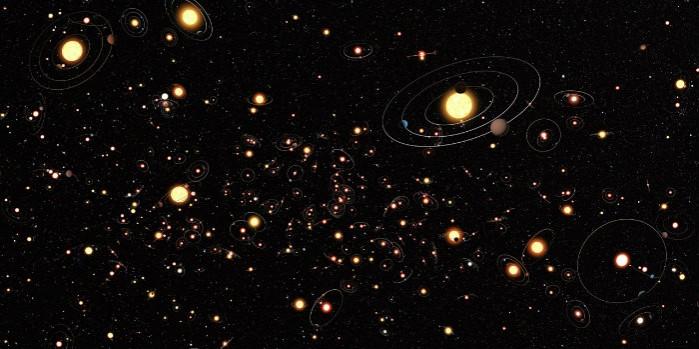
Are you looking forward to a summer vacation but too lazy to make it happen? All you need is an exotic place to go without leaving the comfort of your couch. Well, NASA has it sorted out for you.
The American space agency has just launched a brand new website, named "Exoplanet Travel Bureau." This website helps you roam around different planets in the universe virtually. So, basically you don't even have to leave your house and travel across the alien worlds.
With the help of this new website people will be able to get a 360-degree view of six planets that reside outside our solar system. These planets also include the TRAPPIST-1d, which is located 40 light-years away. One can also visit the Kepler-16B, the land of two suns. Kepler-186f is also there in the list. It's a planet that is similar in size as the Earth and is located around 500 light years away from our home planet.
"As you investigate each planet's surface, you'll discover fascinating features, like the blood-red sky of TRAPPIST-1d, or stand on a hypothetical moon of the massive planet Kepler-16b, which appears larger than either of the planet's two suns. The view from each planet's surface is an artist's impression based on the limited data that is available; no real photos of these planets exist," says NASA.
Along with the 360-degree view of the planets, the Exoplanet Travel Bureau also has posters of all the planets with a quirky description line for each of them. For example, the Kepler-186f poster reads, "Where the grass is always redder on the other side," because the planet's surface has a red hue.
On the other hand, PSO J318.5-22's description reads, "Where the nightlife never ends," because the planet does not orbit any star but floats in the space.
Most of these destinations on the website were spotted by the astronomers using the Kepler Space Telescope of NASA. It has been able to discover over 2,300 exoplanets since its launch in 2009.
"We have limited knowledge about what these distant worlds are really like, but these surface visualizations allow us to imagine some of the possibilities. Current and future NASA missions, including TESS and the James Webb Space Telescope, will find the nearest exoplanets to our solar system," stated Martin Still, program scientist for NASA's most recent space-based planet-hunting observatory, namely Transiting Exoplanet Survey Satellite (TESS).

















